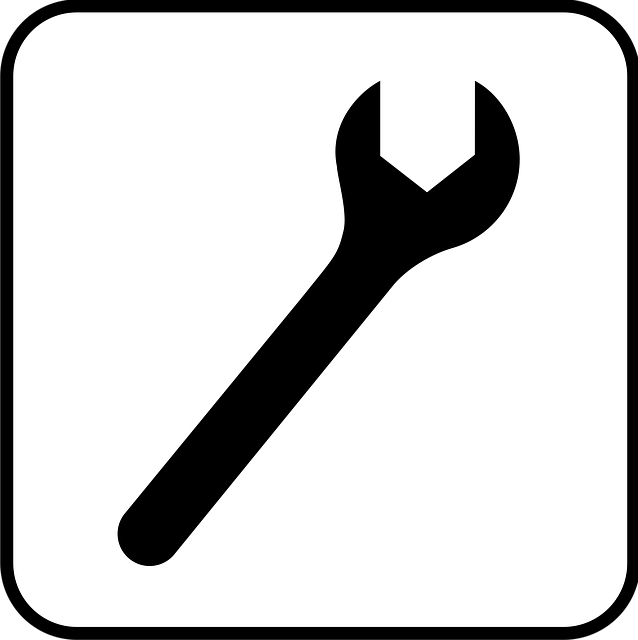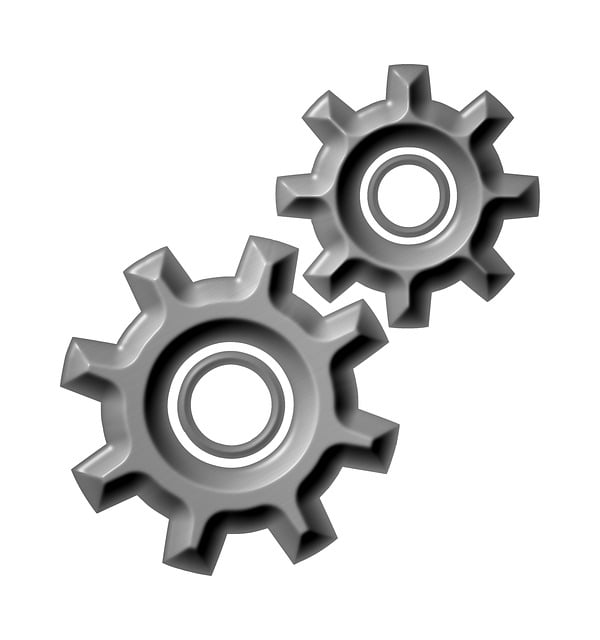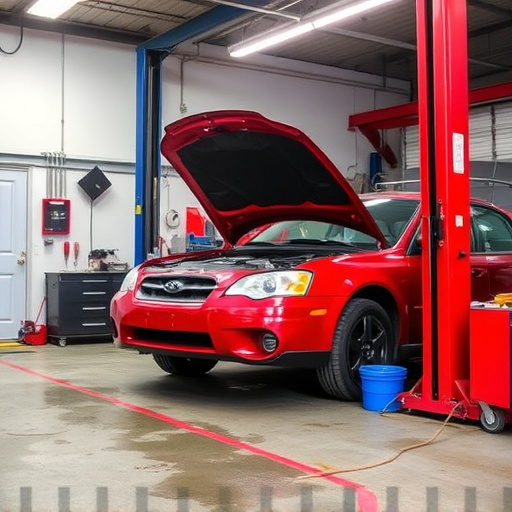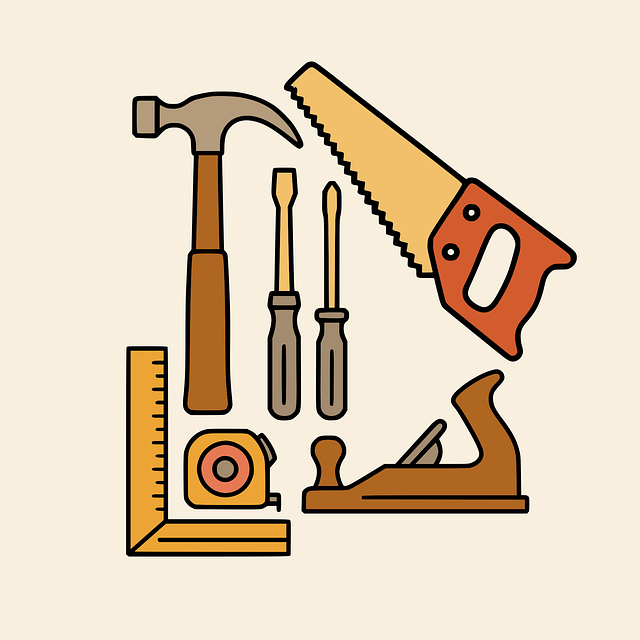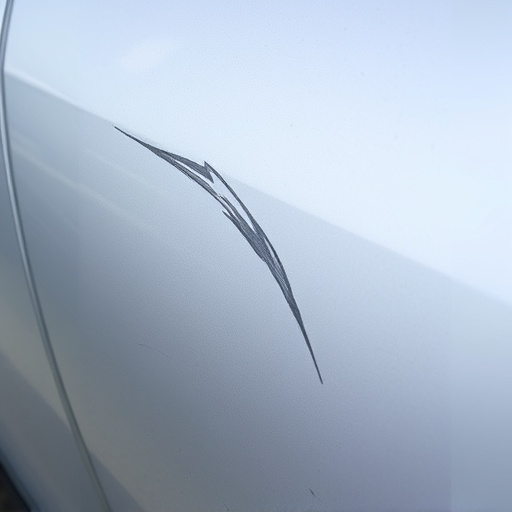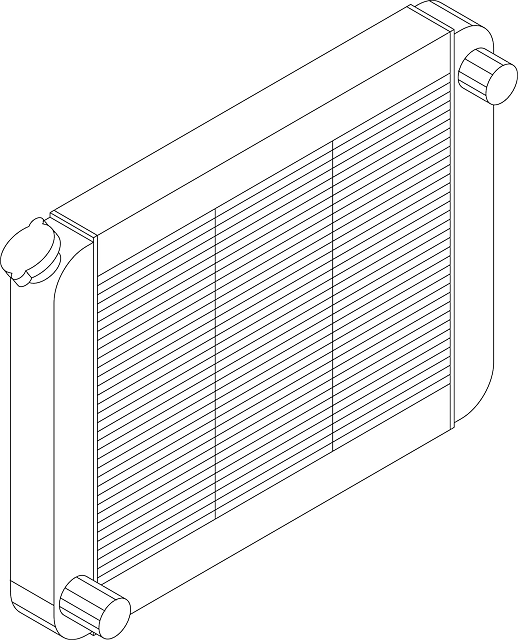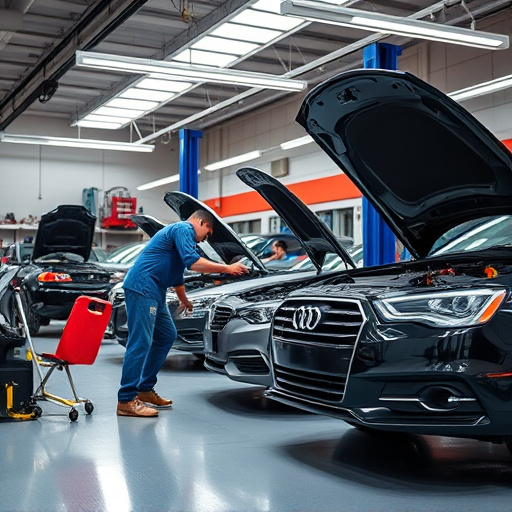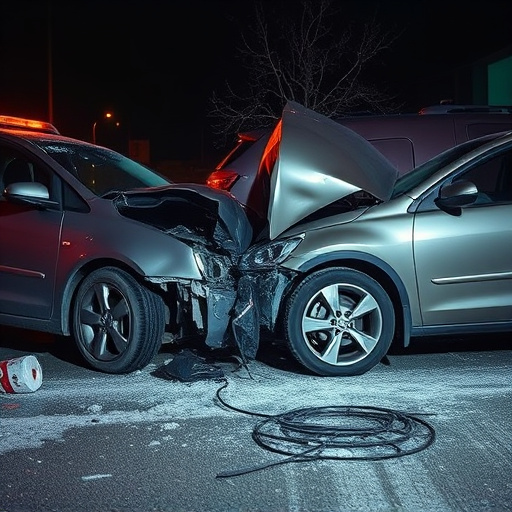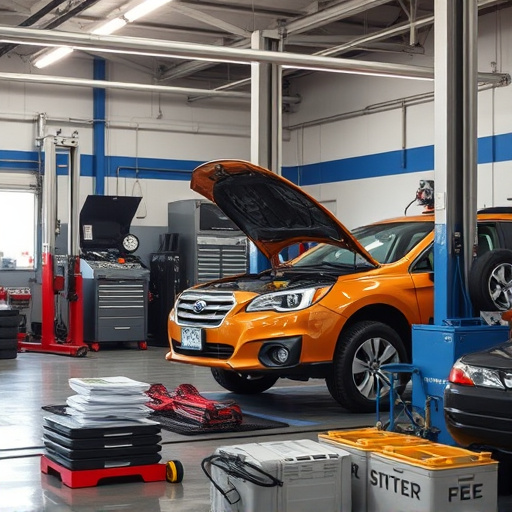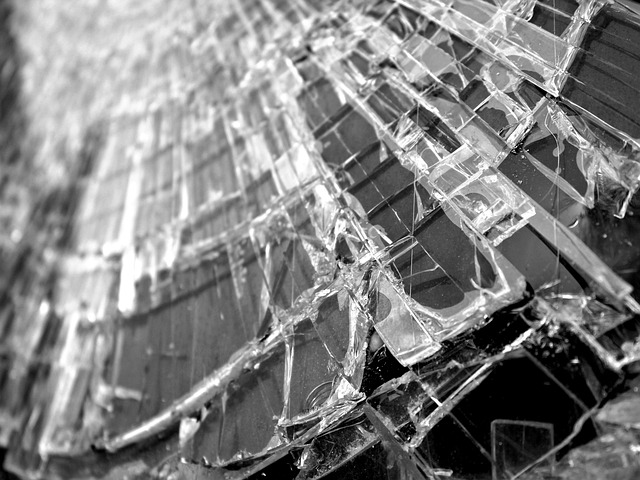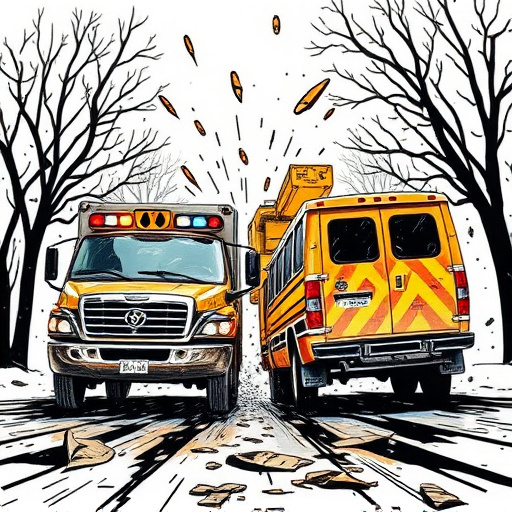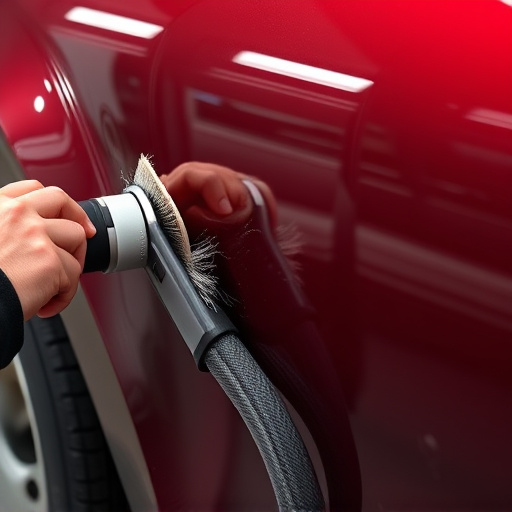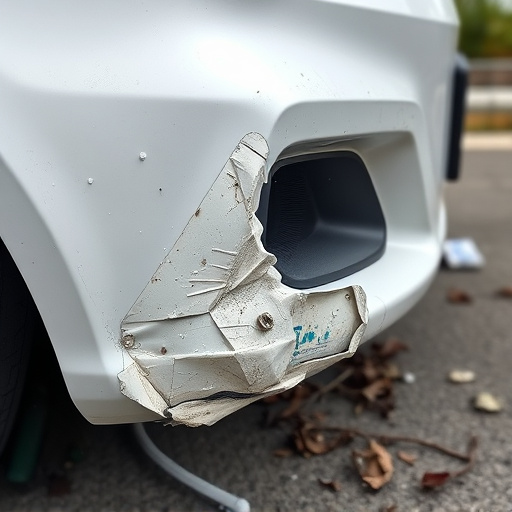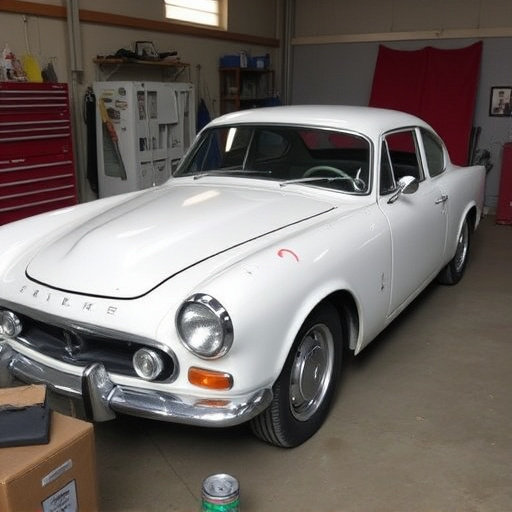Understanding repair scope and objectives through damage reports, expert consultations, and defining body work processes is crucial for effective repair quality verification (RQV). RQV guides mechanics to critically evaluate aesthetic restoration, structural integrity, paint accuracy, and safety standards, ensuring OEM-level results. Advanced tools, systematic approaches by trained personnel, meticulous testing, and thorough documentation review are vital to maintaining high RQV standards, enhancing customer satisfaction, and establishing excellence in automotive body repair services.
In today’s complex manufacturing landscape, ensuring repair quality verification (RQV) is paramount for maintaining high standards. This article guides you through essential steps to streamline your RQV processes, guaranteeing optimal results. First, understand the repair scope and objectives, setting clear benchmarks. Next, implement comprehensive verification procedures tailored to each repair type. Then, conduct rigorous testing and thoroughly review documentation to identify and rectify any discrepancies. By following these steps, you’ll achieve consistent, high-quality repairs.
- Understand Repair Scope and Objectives
- Implement Comprehensive Verification Procedures
- Conduct Thorough Testing and Documentation Review
Understand Repair Scope and Objectives
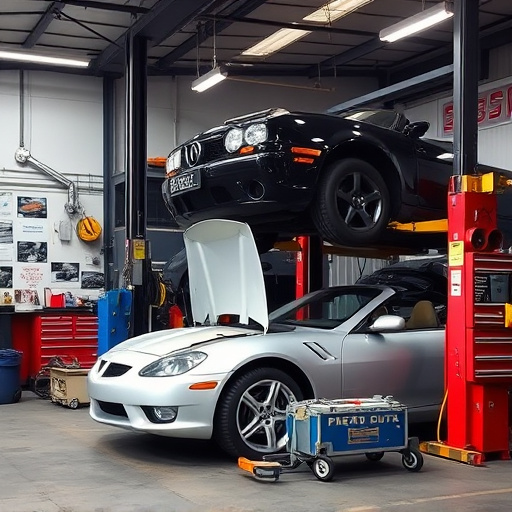
Before initiating any repair quality verification process, it’s paramount to have a crystal clear understanding of the repair scope and objectives. This involves thoroughly reviewing the damage assessment reports and discussing them with experienced mechanics and vehicle owners (in the case of Mercedes Benz collision repair, for instance). The scope should encompass all aspects of automotive body work, from initial inspection to final re-reconstruction, ensuring every detail aligns with industry standards and customer expectations.
For effective verification, establishing measurable objectives is key. These could include restoring the vehicle’s aesthetic appeal, ensuring structural integrity through precise alignment, achieving original factory specifications for paint finish in automotive collision repair, and adhering to safety standards. Such clear goals guide the entire verification process, enabling mechanics to critically evaluate each step of the repair, ultimately enhancing the quality of automotive body work.
Implement Comprehensive Verification Procedures
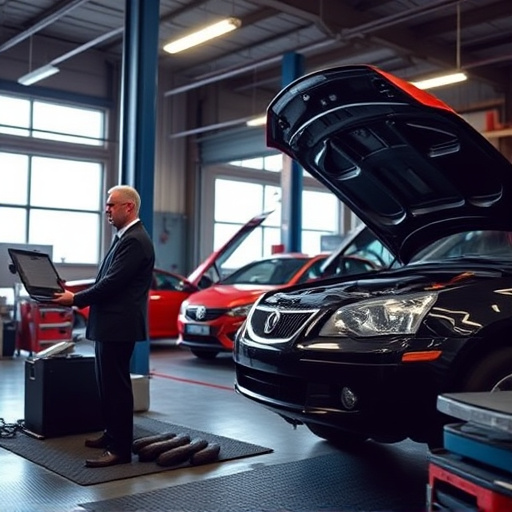
Implementing comprehensive verification procedures is a critical step in ensuring top-notch repair quality at an automotive body shop. This involves more than just visually inspecting the work. It includes utilizing advanced diagnostic tools, such as specialized sensors and 3D measurement systems, to verify that every aspect of the vehicle body repair meets original equipment manufacturer (OEM) standards. These procedures should cover both structural integrity and cosmetic precision, ensuring that the vehicle not only drives safely but also looks as good as new.
Effective verification processes for repairs like dent repair or more complex vehicle body repairs demand a systematic approach. This involves checking each step of the repair process, from the initial assessment to final finishing touches. Quality assurance personnel must be trained to identify even the subtlest deviations from the plan, whether it’s a misaligned panel in the body shop or a slightly off-color paint job. By implementing these rigorous verification procedures, automotive body shops can maintain high repair quality standards, enhance customer satisfaction, and build a reputation for excellence.
Conduct Thorough Testing and Documentation Review
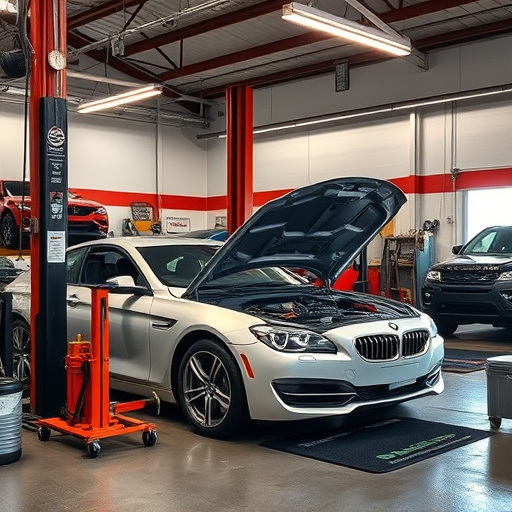
In the context of repair quality verification, conducting thorough testing and reviewing documentation are pivotal steps to ensure precision and accuracy. This process involves a meticulous examination of both the physical repairs and the associated records. When dealing with auto glass replacement, for instance, testers should verify the alignment, fit, and clarity of the new glass, ensuring it meets safety standards and offers optimal visibility. Similarly, for dent removal services, documentation review checks if the repair techniques employed adhere to industry best practices, as evidenced through before-and-after comparisons and customer feedback.
A comprehensive documentation review is equally critical. This includes examining work orders, repair estimates, and quality control reports. These documents should accurately reflect the scope of work, materials used, and the steps taken during the repair process. By cross-referencing physical repairs with corresponding records, repair quality verification processes can maintain transparency, accountability, and high standards across automotive repair services, ensuring customer satisfaction and the longevity of vehicle components such as auto glass and dents that have been expertly addressed.
Effective repair quality verification processes involve a structured approach, beginning with understanding the repair scope and objectives, implementing comprehensive verification procedures, and conducting thorough testing alongside meticulous documentation review. By integrating these steps, organizations can ensure that repairs meet high standards, thereby enhancing customer satisfaction and maintaining the integrity of their assets. This rigorous process is pivotal in fostering reliable and lasting solutions within the realm of repair quality verification.
